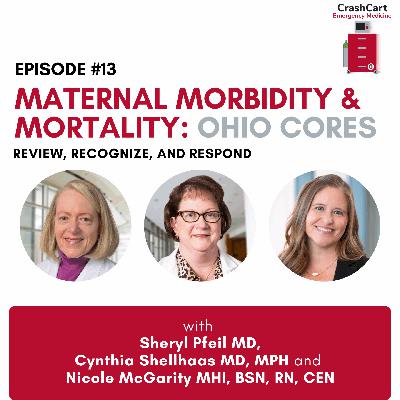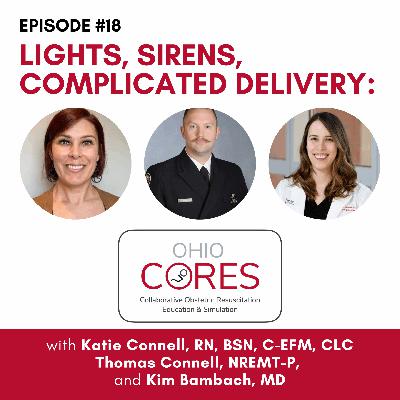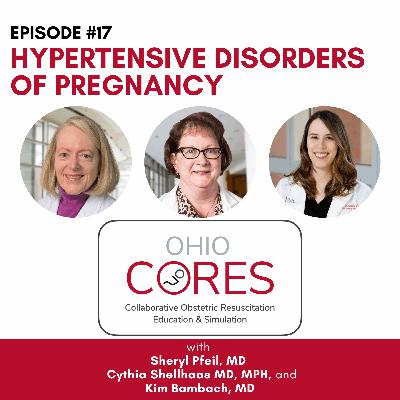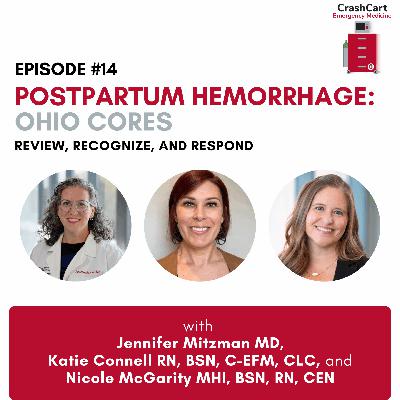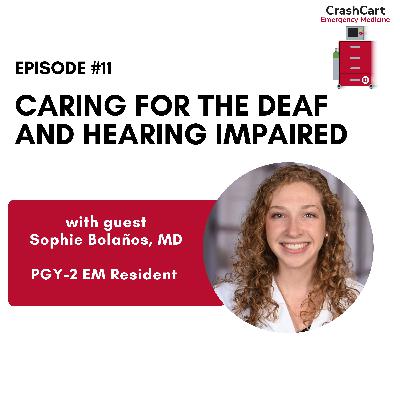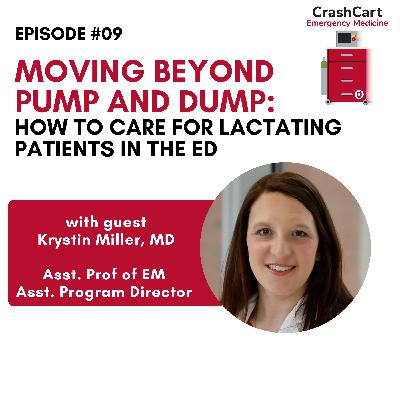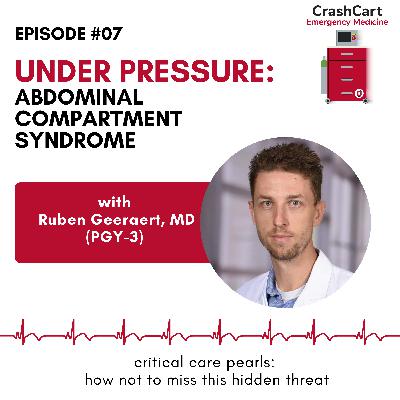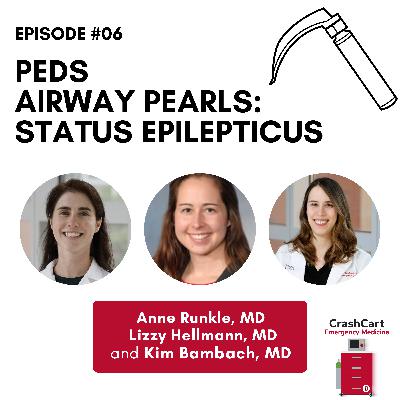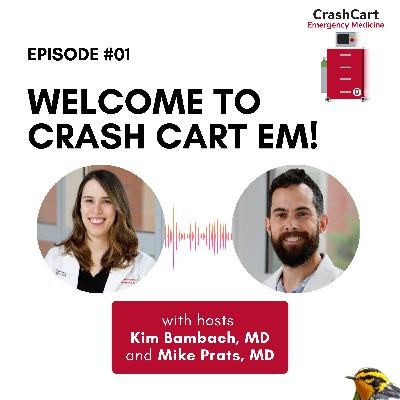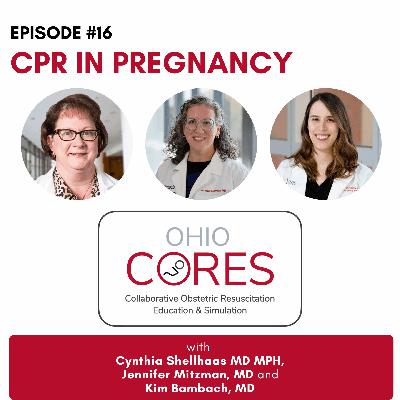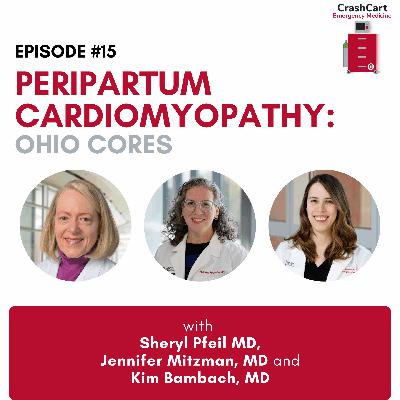Maternal Morbidity and Mortality: Ohio CORES Series
Description
Are you prepared for an OB emergency? In this special six-part podcast series, the Ohio CORES team at The Ohio State University explores the management of pregnant and postpartum women in emergency situations. Each episode focuses on a high-stakes obstetrics scenarios, including: 1) maternal morbidity and mortality, 2) postpartum hemorrhage, 3) hypertensive emergencies, 4) cardiac arrest in pregnant patients, 5) peripartum cardiomyopathy, and 6) complicated vaginal deliveries. Whether you’re in the field, ED, ICU, or on L&D, this series equips you with the knowledge to respond when seconds count.
Ohio CORES (Collaborative Obstetric Resuscitation Education and Simulation) is an interdisciplinary team of educators from The Ohio State University dedicated to improving care for pregnant and postpartum women in critical condition through high-impact education and simulation training. Supported by funding from the Ohio Department of Children and Youth, Ohio CORES delivers obstetric emergency education to healthcare providers across the state.
In this special edition of Crash Cart EM, Dr. Sheryl Pfeil is joined by Dr. Cynthia Shellhaas and Nicole McGarity, RN, to kick off our new podcast series on obstetric emergency care. This episode explores the landscape of maternal mortality in Ohio, unpacking key definitions, concerning trends, preventable causes, and persistent health disparities. The conversation underscores the urgency of this issue across all healthcare settings- from academic hospitals to rural EDs and prehospital care.
Tune in to learn how simulation-based training is helping providers build the skills needed to improve maternal outcomes.
Guests: Cynthia Shellhaas, MD, MPH; Nicole McGarity, MHI, BSN, RN, CEN
Host: Sheryl Pfeil, MD
Editors: Katie Connell, RN, BSN, C-EFM, CLC; Rashelle Ghanem; Anneleise Sinclair; Kim Bambach, MD
Key Learning Points
1. Definitions and Trends
- Pregnancy-associated death = death during pregnancy or within a year postpartum, regardless of cause.
- Pregnancy-related death = death caused or aggravated by the pregnancy or its management. 61% are preventable.
- U.S. maternal mortality rates have risen over the past decades.
- Most deaths occur in the postpartum period. 67% occur after delivery- often weeks to months later.
- Black women have a 3–4× higher mortality risk.
2. Recognition
- Recognition is key, as many deaths occur outside of labor & delivery: EMS cares for ~30% of patients with pregnancy-related deaths. This is a touch-point where we can potentially intervene and help.
- Always ask: “Have you been pregnant in the past year?”. This is especially important for postpartum patients, where signs may be subtle.
3. Key Causes and Contributing Factors
- Causes in the immediate postpartum period: infection/sepsis and hypertension.
- Hypertension in pregnancy/postpartum patients is a medical emergency if BP ≥160/110 for 15+ minutes.
- Sepsis risks include endometritis, retained products after pregnancy loss, and even breast infections.
- Causes in the late postpartum period: Hemorrhage, thromboembolism, cardiomyopathy.
- Mental health conditions, substance use, and lack of care coordination are common contributors.
4. System-Level Interventions
- Data awareness: Institutions should examine their own data to identify clinical outcome disparities.
- Effective handoffs and continuity of care are essential- especially across EMS, ED, OB, and inpatient teams.
- Simulation training offers a safe, impactful way to prepare for high-risk, low-frequency events like eclampsia.
Resources:
- Ohio Maternal Health Data and Reports
- Ohio Pregnancy-Associated Mortality Review
- Virtual Obstetric Emergency Simulation Training at The Ohio State University

